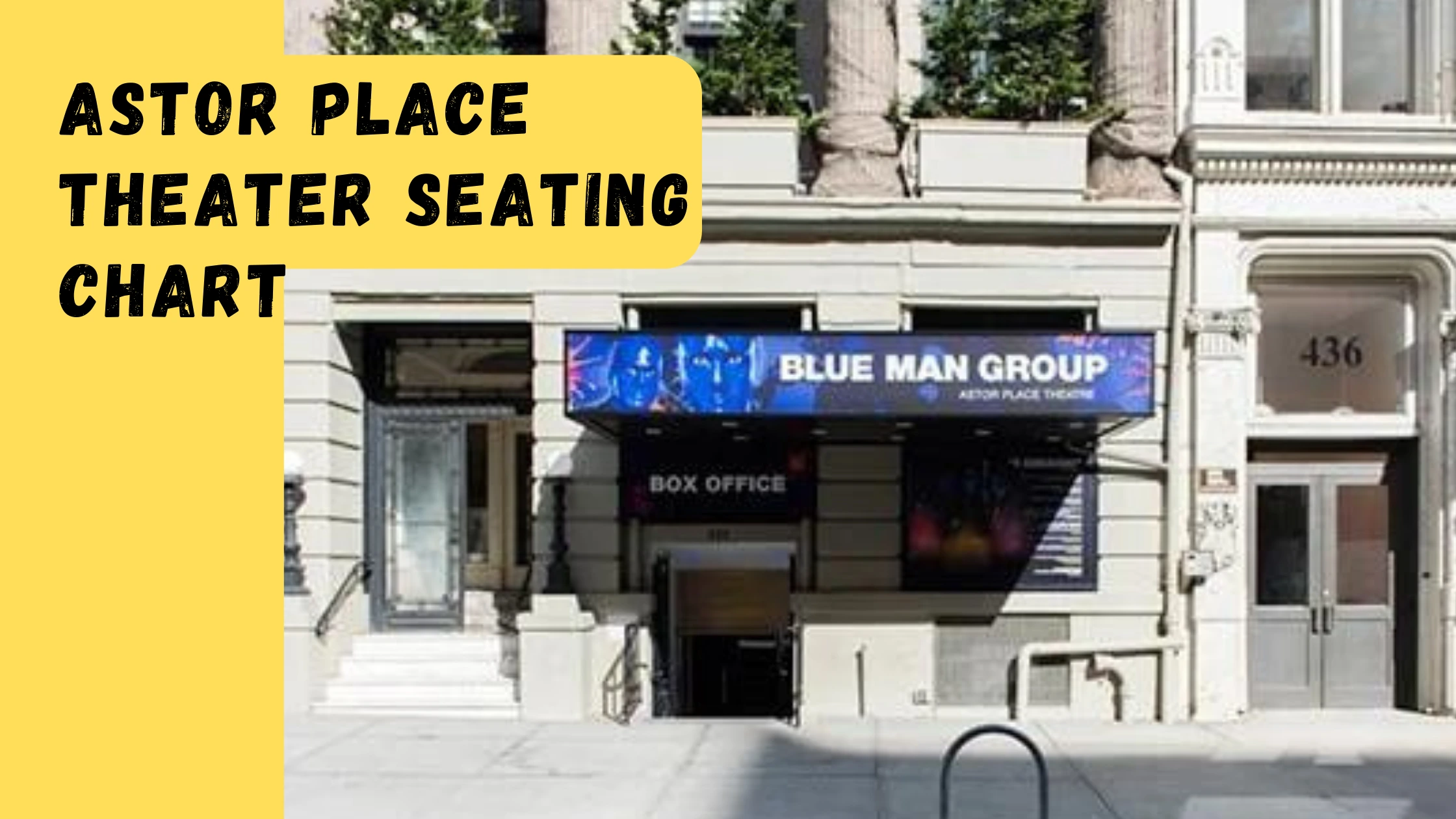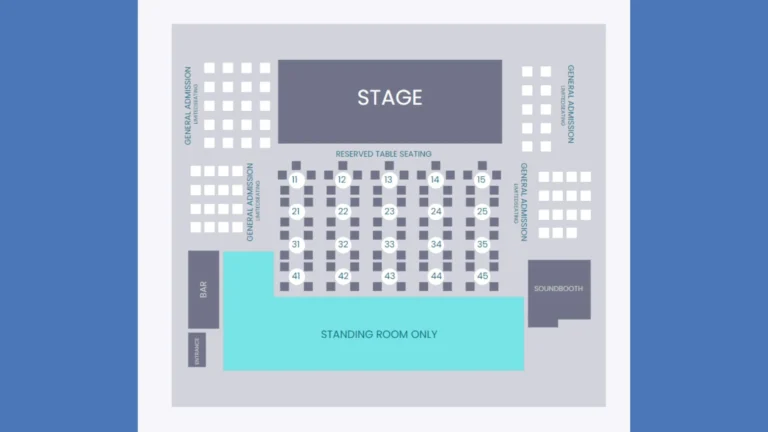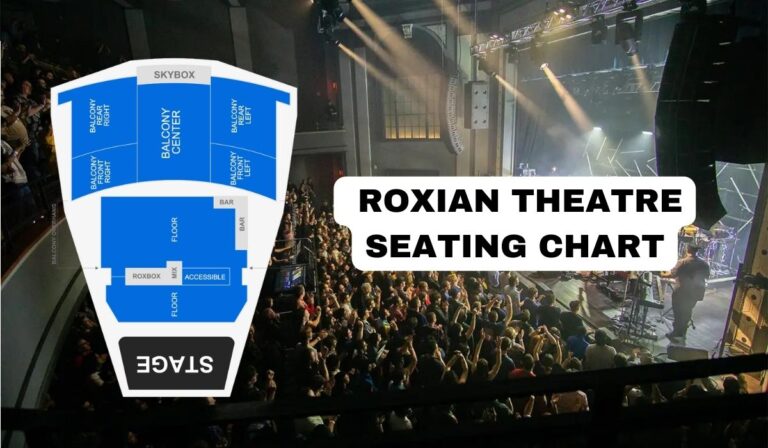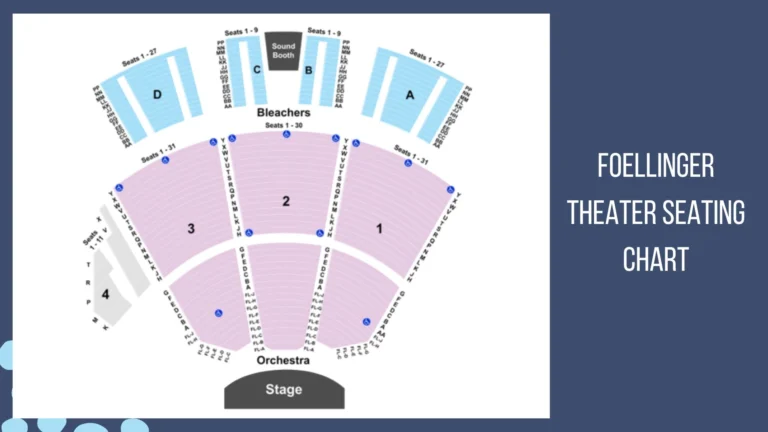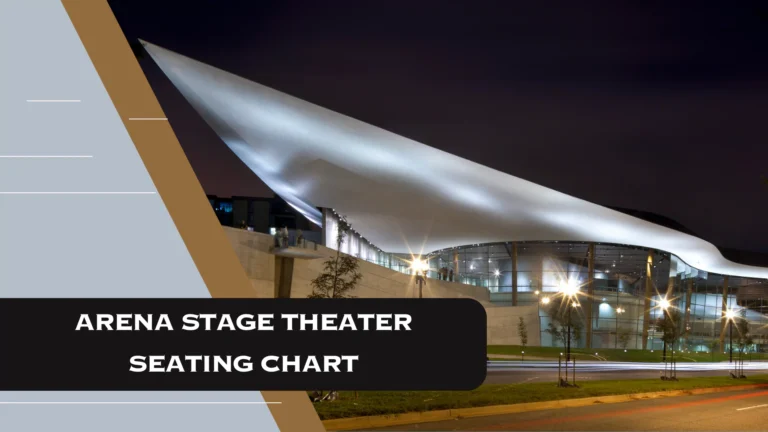Are you excited about attending a show at the renowned Astor Place Theater? Planning ahead is essential to make the most of your experience. Understanding the seating chart is a crucial step, as it ensures you choose the best seats that suit your preferences.
In this article, we’ll take you through the Astor Place Theater seating chart and provide you with valuable insights to enhance your theater visit.
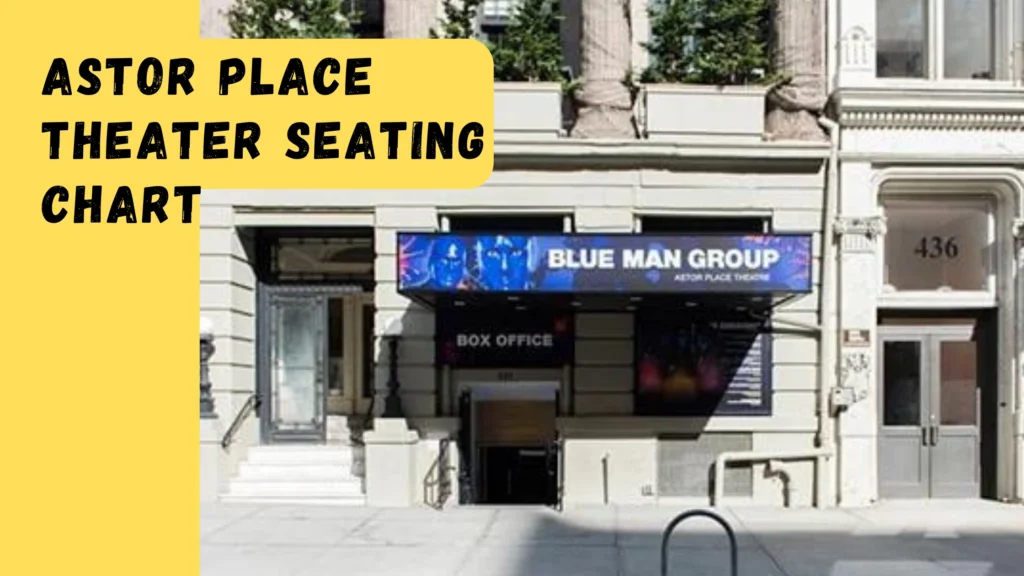
Introduction to Astor Place Theater
The structure where the Astor Place Theater is arranged was initially built in 1831 as a piece of the notable Corridor Column. The structure was home to the Astor and Vanderbilt families, and was granted New York City milestone status in 1963.
It was changed over into a live performance center in 1965 in the wake of being bought by Bruce Postal carrier. The debut creation – Israel Horowitz’s The Indian Needs the Bronx – opened in January 1968 and featured a youthful Al Pacino. Throughout the long term, the Astor Spot Theater has housed various milestone creations including debuts by Terrence McNally and A.R. Cart, as well as the melodic revue Jacques Brel is Perfectly healthy and Living in Paris.
Starting around 1991, the scene has been home to the family-accommodating diversion act Blue Man Gathering. Blue Man Creations (presently an auxiliary of Cirque du Soleil) gained the theater in 2001.
Address :
Address434 Lafayette Street, New York, NY, 10003
Understanding the Astor Place Seating Chart
Navigating the seating chart effectively allows you to make an informed decision when purchasing tickets. Each section offers a unique perspective of the stage, and your preferences play a significant role in choosing the perfect seat.
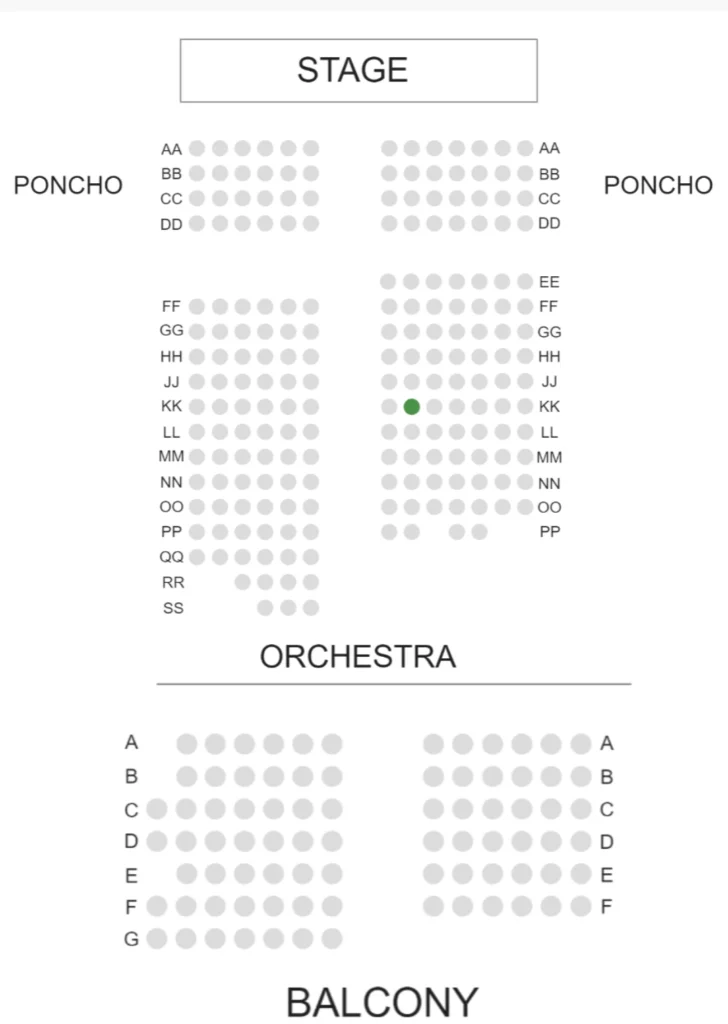
Seating Chart and Categories
Orchestra Section
The orchestra section, often referred to as the “stalls,” is located closest to the stage. This section offers an immersive experience, allowing you to witness the performers’ expressions up close.
Mezzanine Section
The mezzanine section provides a slightly elevated view of the stage, making it an excellent choice for those who prefer a broader view of the performance. It strikes a balance between proximity and overall view.
Balcony Section
The balcony section offers a unique vantage point, allowing you to take in the entire stage from a higher perspective. It’s an ideal option for those who enjoy a panoramic view and a different theatrical experience.
Ticket Pricing and Seat Selection
Ticket prices vary based on the seating section. Orchestra seats are usually higher in price due to their proximity to the stage, while balcony seats tend to be more budget-friendly. Consider your budget when selecting seats.
Frequently Asked Questions (FAQs)
1 How do I book accessible seats?
To book accessible seats, you can usually select these options when purchasing tickets online or by contacting the theater’s box office directly.
2 Can I change my seat after purchasing a ticket?
Seat change policies vary by theater. It’s best to inquire with the box office about their policies on seat changes.
3 What’s the advantage of choosing balcony seats?
Balcony seats offer a unique aerial view of the performance and can provide a different perspective on the production.
4 Is there a specific dress code for the theater?
While there isn’t a strict dress code, dressing smartly or slightly formal is recommended for a more enjoyable experience.
5 Can I bring my own snacks?
Check the theater’s policy on outside food and drinks. Some theaters allow it, but there might be restrictions on certain items.

